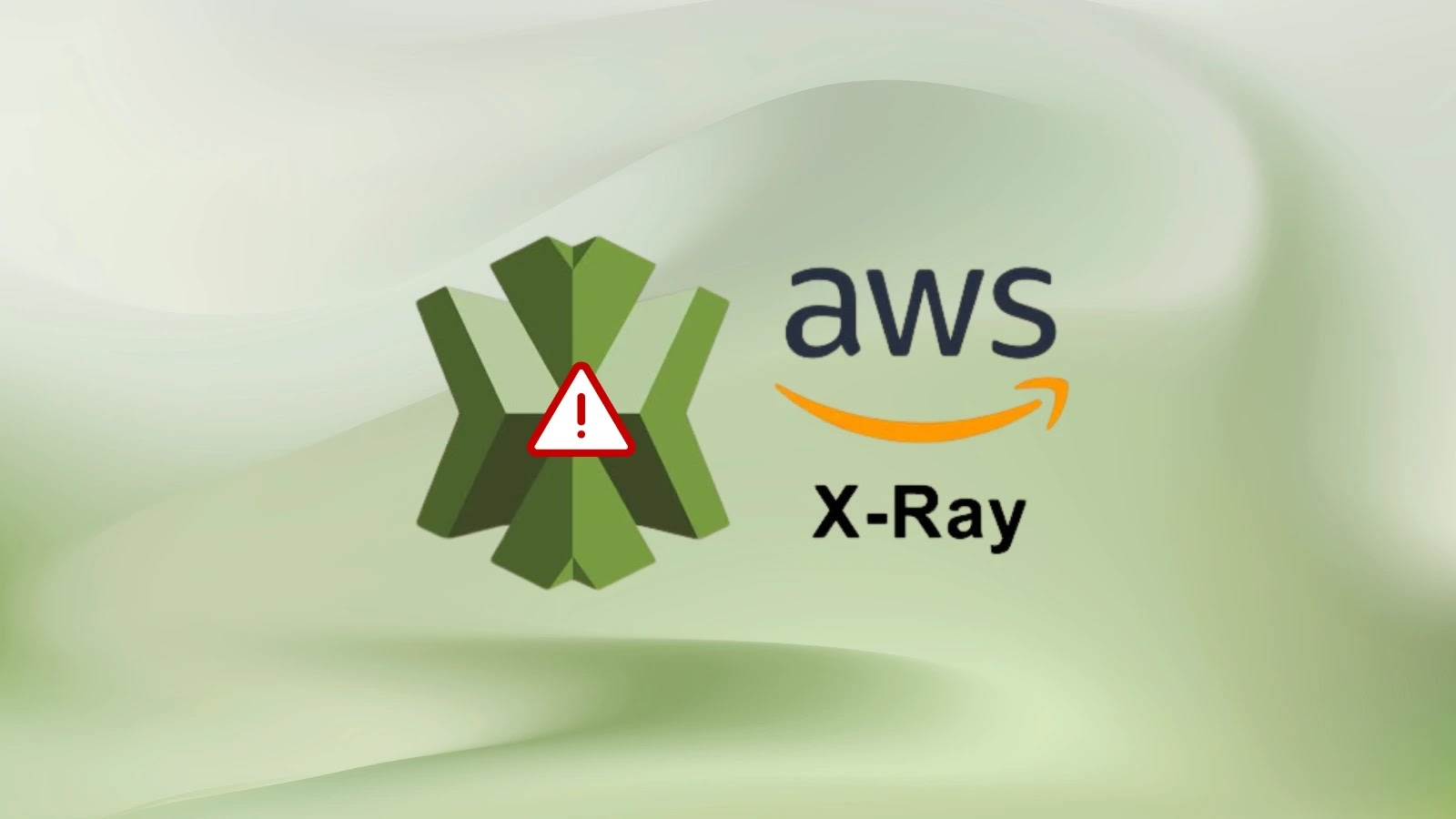In a recent development, cybersecurity experts have identified a sophisticated method by which malicious actors are repurposing Amazon Web Services’ (AWS) X-Ray service to create covert command and control (C2) channels. This exploitation underscores the potential for legitimate cloud services to be manipulated for nefarious purposes.
Understanding AWS X-Ray
AWS X-Ray is a distributed tracing service designed to assist developers in analyzing and debugging applications, particularly those built using microservices architectures. By providing insights into application performance and identifying bottlenecks, X-Ray plays a crucial role in optimizing cloud-based applications.
The Emergence of XRayC2
Security researchers have unveiled a technique dubbed XRayC2, wherein AWS X-Ray’s annotation system is exploited to facilitate clandestine communication channels. Annotations in X-Ray allow for the storage of arbitrary key-value pairs, a feature intended to aid in application monitoring. However, threat actors have discovered that these annotations can be manipulated to embed malicious payloads within seemingly benign monitoring data.
Mechanics of the Exploitation
The attack leverages specific X-Ray API endpoints, including PutTraceSegments, GetTraceSummaries, and BatchGetTraces, to establish bidirectional communication channels that seamlessly blend with legitimate cloud traffic. The process unfolds as follows:
1. Establishing Presence: The malicious implant initiates contact by sending beacon markers containing system information encoded within trace annotations. These markers include identifiers such as health_check and unique instance IDs, which help the implant blend into regular monitoring data.
2. Command Delivery: Commands are transmitted through base64-encoded payloads stored in configuration annotations. This method ensures that the commands are concealed within the standard data flow of the application.
3. Result Exfiltration: The outcomes of the executed commands are exfiltrated using the execution_result fields within the trace data structures, allowing the attacker to retrieve the results without raising suspicion.
To enhance the stealthiness of this communication, the attackers implement custom AWS Signature Version 4 (SigV4) authentication. This approach generates legitimate AWS API traffic that integrates naturally with standard network logs, making detection challenging. The communication employs randomized beacon intervals between 30 and 60 seconds and utilizes HMAC-SHA256 signing with access keys, adhering to Amazon’s canonical request format.
Minimal Permissions, Maximum Impact
The XRayC2 toolkit operates with minimal AWS permissions, specifically utilizing the AWSXRayDaemonWriteAccess policy alongside custom permissions for trace manipulation. This minimalistic approach reduces the attack surface compared to traditional C2 infrastructures while maintaining persistent access through cloud-native services.
Challenges in Detection
Detecting this form of exploitation poses significant challenges for security teams. The malicious traffic generated by XRayC2 closely resembles standard application performance monitoring activities, making it difficult to distinguish between legitimate and malicious operations.
Recommendations for Mitigation
To safeguard against such sophisticated attacks, organizations should consider implementing the following measures:
– Enhanced Monitoring: Implement advanced monitoring of X-Ray API usage patterns to detect anomalies that may indicate malicious activity.
– Baseline Metrics: Establish baseline metrics for trace annotation data volumes to identify deviations that could signal exploitation attempts.
– Scrutinize Service Interactions: Conduct thorough reviews of service interactions within AWS environments to detect unusual patterns that may suggest the abuse of legitimate cloud services for covert communications.
By proactively addressing these areas, organizations can strengthen their defenses against the misuse of cloud services like AWS X-Ray for malicious purposes.



